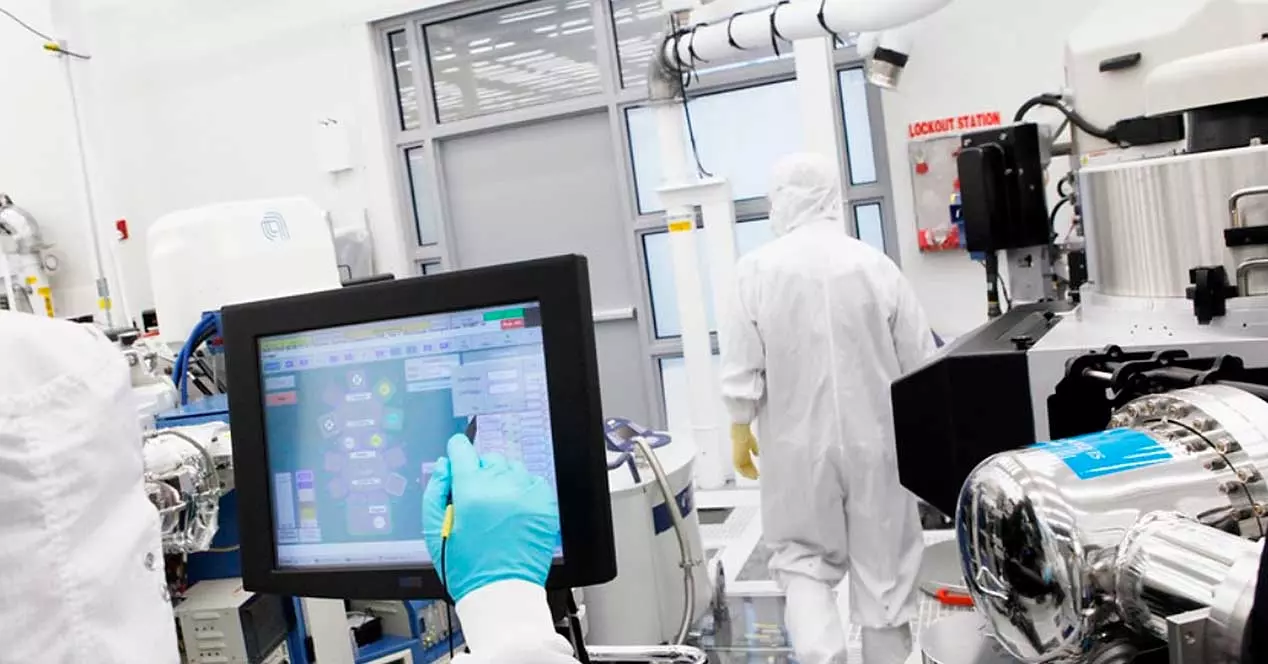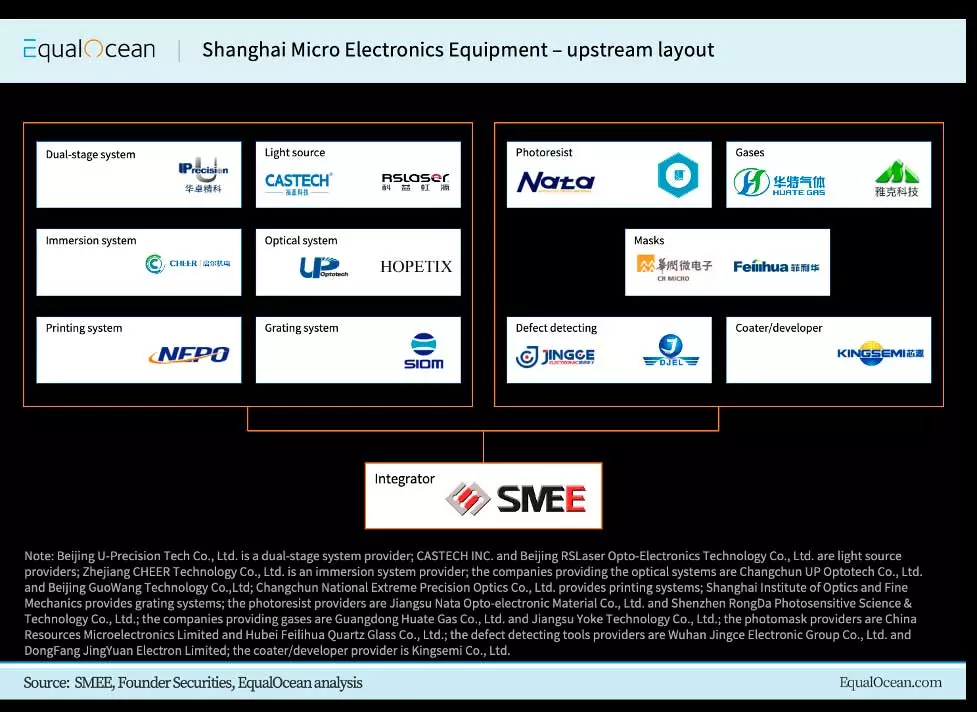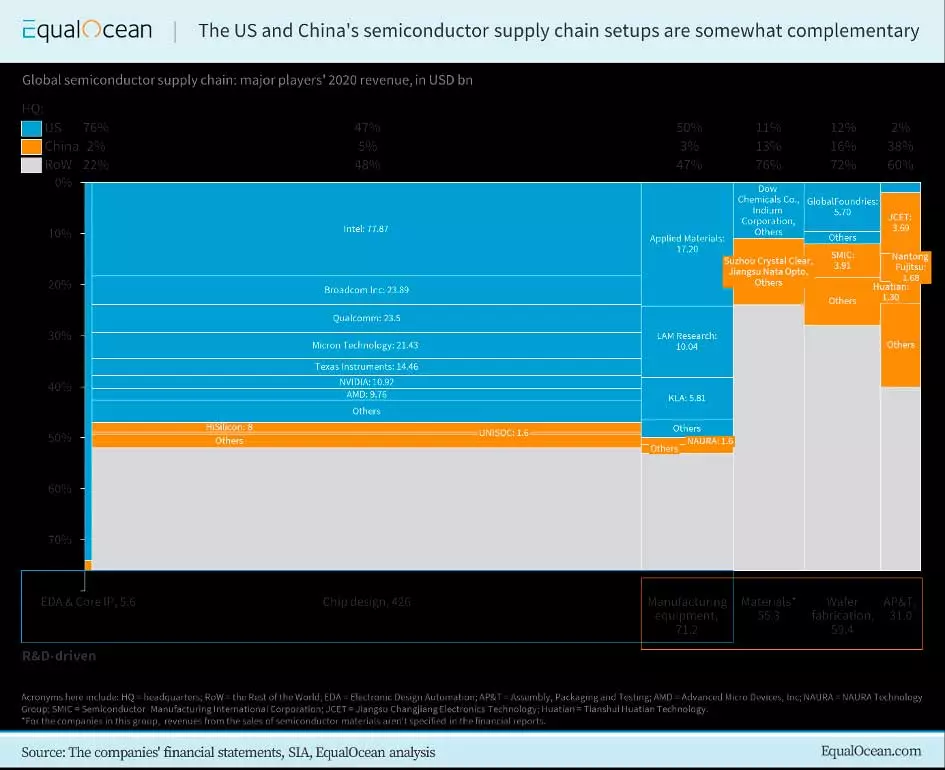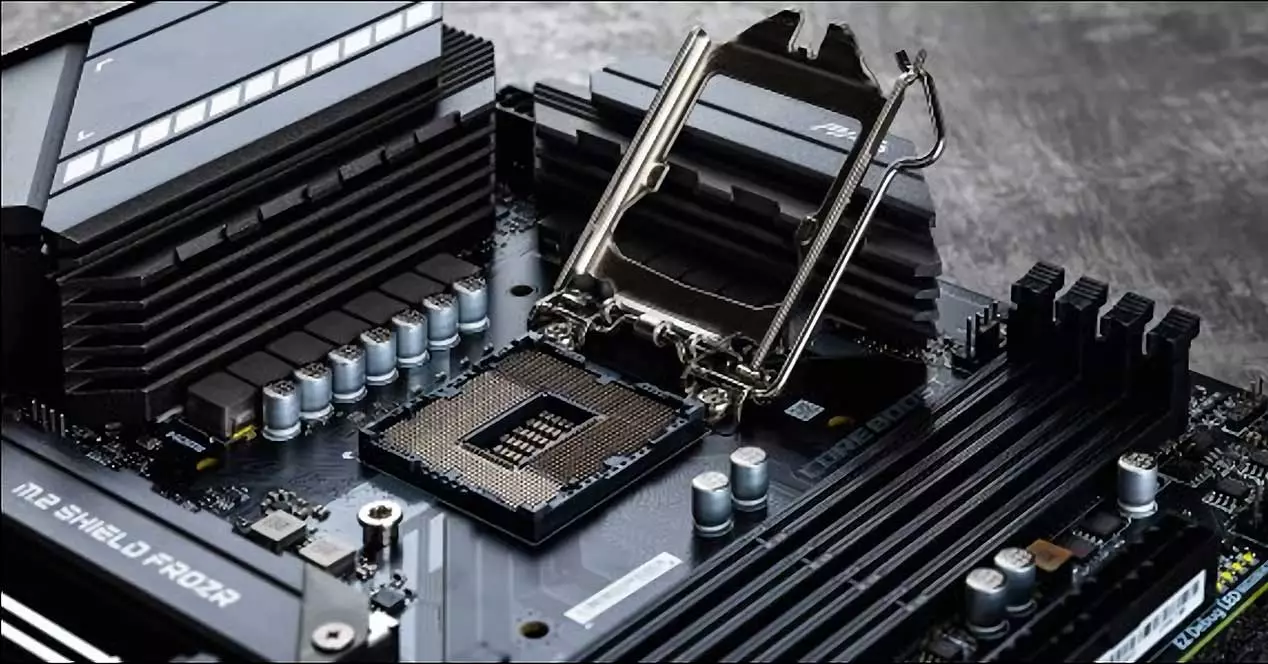
We have to travel until 30 years ago, when China realized the potential it could harbor against a giant like the United States and another in decline like Europe. However, Europe focused its efforts on a single company called ASML and diversified, achieving the world leadership in wafer scanners, so China did the same and copied the strategy looking to the future in a single company: Shanghai Micro Electronics Equipment (SMEE).
China is coming closer and will threaten Europe’s world leadership
With the US handing over the baton to the old continent and focusing on lithographic processes, China has done the same with Taiwan while they focus their efforts on SMEE. The company greatly benefits from government support and also a number of companies in the sector develop technology so that they can advance in various fields.
The objective as not is to reduce the nanometer and wave gap in the scanners, where up to now they have designed 4 lithography machines for IC, LED, MEMS and some TFT circuits. Without going any further, this year SMEE has created its 600 series of scanners capable of building and recording chips from 280 nm to 90 nm.
It must be taken into account that they are many years behind, a decade or so, since they continue to develop DUVs and not EUVs using ArF lithography, but make no mistake, they have 80% of the national market and almost 40% of the world market. even though they don’t have cutting-edge technology like ASML.
SMEE still has a long way to go
Although the prices per wafer are extremely cheap compared to ASML scanners and although they lag behind even at the same nanometers (40W and 4kHz vs 60W and 6kHz in its European rival) SMEE is the first company in the world to design what They have been named as double wafer stage or dual wafer stage system, so it is estimated that they can reach 2 nm and lower without too much problem, managing to break the monopoly of ASML.
This DWSS stage will be implemented in the 600 Series scanners for 28 nm, thereby achieving greater precision in engraving at lower cost and thereby accelerating the development of the following nodes.
As we can see, SMEE despite having a disadvantage is clearly looking to the future and is gradually reducing the technological distance. In addition, China now does not depend on so much external technology, where for example photoresists are now created within their country and have been curiously tested with success in a scanner. 28 nm ASML.
Therefore, the leadership of the Europeans is in check, China is advancing by leaps and bounds, it depends less and less on the rest of the world and if the US and Europe do not unite they will be put to the test and who knows if they will fall within a period of time. time that seems great to us, but that passes very quickly.





